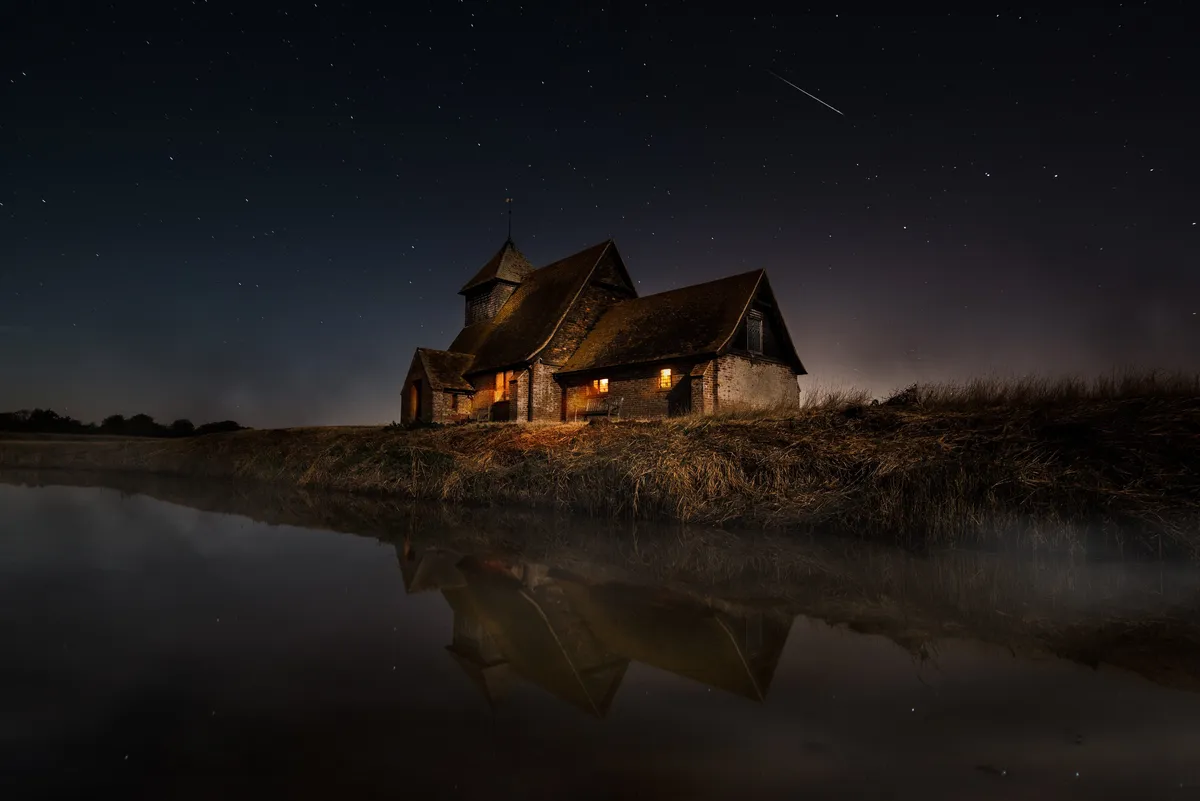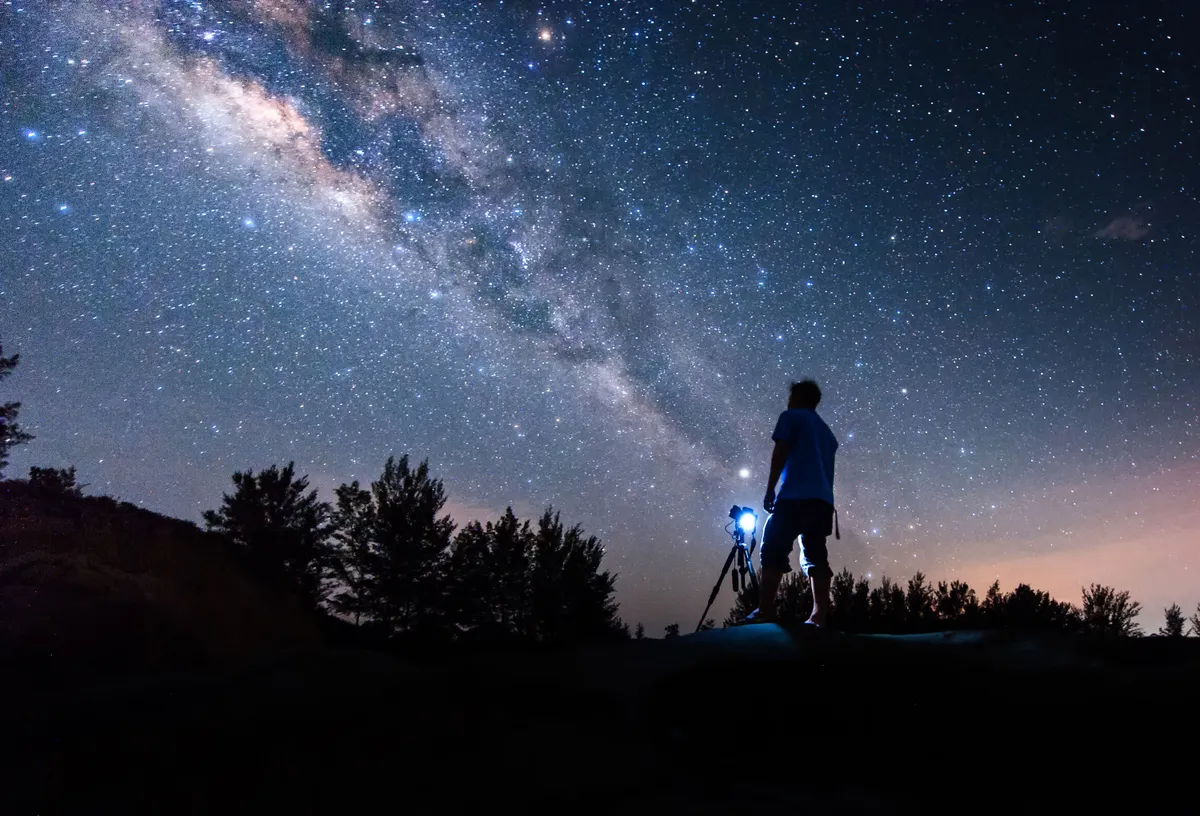Nothing breaks up the mid-routine of dinner, TV and bedtime like an exciting astronomical event – especially one as reliable as the Orionid meteor shower. Wrap up warm, bring a flask of hot tea and some camping chairs, and take yourself out somewhere away from city lights to enjoy this free cosmic display of shooting stars.
The best time to see the 2022 Orionid meteor shower is on 21–22 October, between midnight and dawn. Unlike last year, it won't co-incide with a full moon, which means you'll have a better chance of seeing it somewhere dark.
What is the Orionid meteor shower?
The Orionid meteor shower is one of the most visible regular meteor showers around the world, occurring every year in October. On a clear night, it is easy to spot ‘shooting stars’, particularly if you're able to view them away from sources of major light pollution.
The meteors that make up this spectacle are in fact pieces of the famous Halley's comet (Comet 1P/Halley), which passes the earth just once every 75-76 years. As this is not due to come near us until 2061, the Orionids meteor shower is considered extra special for those who may miss that once-in-a-lifetime occurrence.

How can I see the 2022 Orionid meteor shower?
The Orionid meteor shower will peak on 21 October between midnight and dawn. For the best chance of seeing it, head away from city and town lights towards your biggest green space – whether that's a large park or a country lane. Or, to make more of a night of it, plan a route to your nearest Dark Sky Reserve for optimum stargazing potential.
In the UK you can visit the Dark Sky Discovery website to browse a map that shows you where you can spot the Orion constellation and places you can even see the Milky Way.
More related content
• Stargazing guide: Britain’s dark sky sites, best places to stargaze, plus how to get started
Where should you go to get the best views? Chris Bramley, editor of The Sky At Night magazine, rounds up the UK’s best spots in our guide to stargazing.

What do I need to watch the Orionid meteor shower?
You don't need any specialist equipment, but keen photographers might want to bring their camera, tripod and binoculars. Bring a camping chair, warm clothes, a flask of tea and possibly a blanket to get set for a night under the stars.
Check the weather forecast before you go, as a cloudy night will impinge upon your changes of seeing any cosmic activity.

